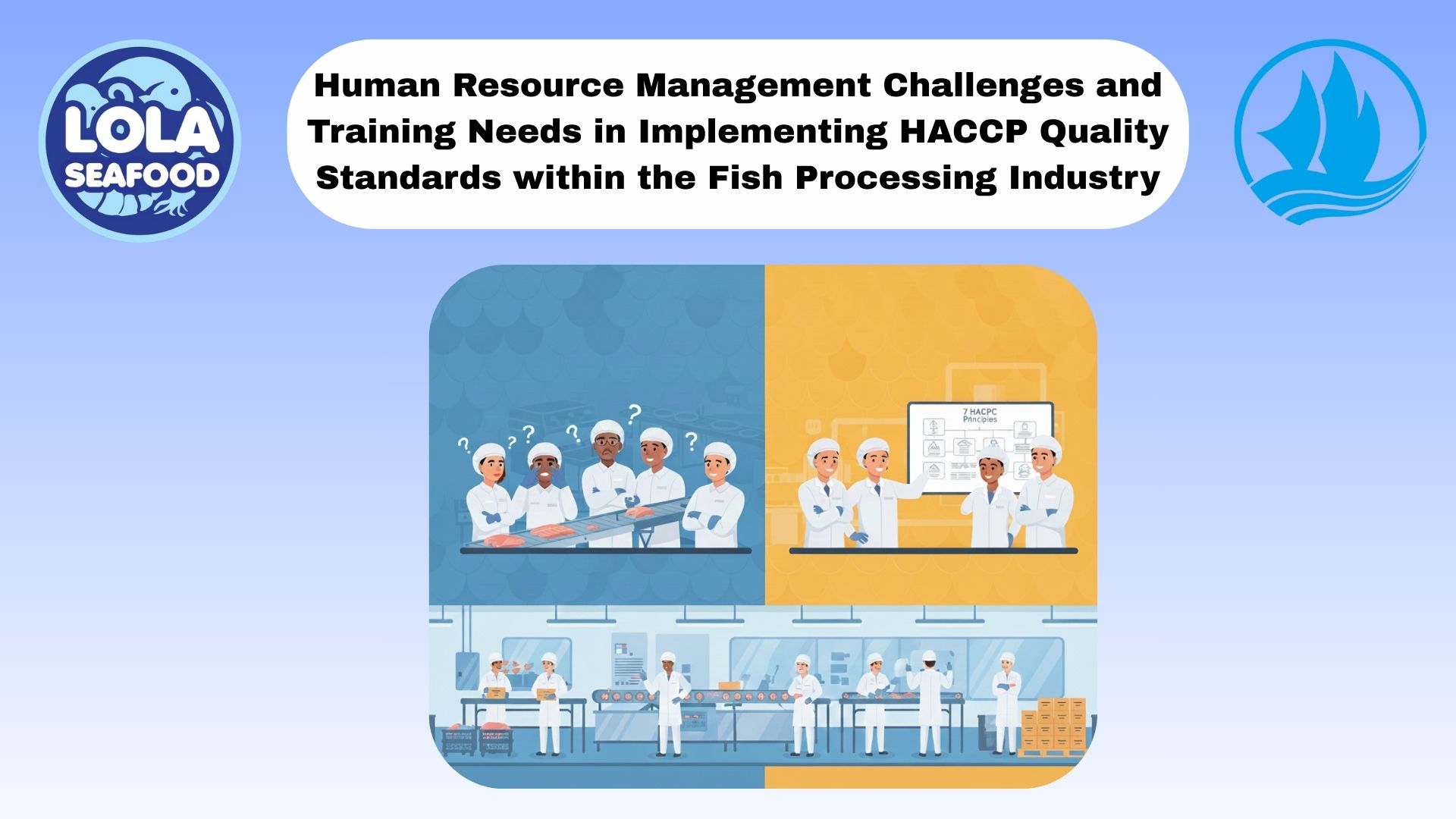Why Mahi-Mahi is Called the Dolphin Fish: Clearing the Biggest Misconception
By. Kusni - 22 Sep 2025.jpg)
Kelolalaut.com When seafood lovers see the name “dolphin fish” on a restaurant menu or in a fish market, many are shocked. The immediate thought is often that the meat comes from dolphins—the intelligent, playful marine mammals adored worldwide. Fortunately, that assumption is completely wrong. The so-called “dolphin fish” is not a mammal at all, but rather the brilliantly colored, fast-swimming species known as mahi-mahi (Coryphaena hippurus). So, why has this confusion existed for decades, and how did mahi-mahi earn this misleading nickname?
The Origin of the Name
The term “dolphin fish” dates back centuries, long before scientific naming systems were widely adopted. Sailors and fishermen in the Atlantic and Caribbean often referred to mahi-mahi as “dolphin” because of its tendency to swim and leap near the surface of the water, in a way that reminded them of dolphins. The resemblance is only behavioral and superficial—these animals are not related in any biological sense.
In fact, mahi-mahi belongs to the family Coryphaenidae, a completely different branch of marine life from dolphins, which are mammals of the family Delphinidae. Despite the huge difference, the old nickname persisted, especially in English-speaking countries.
Scientific and Culinary Clarification
To reduce the confusion, the Hawaiian name “mahi-mahi,” meaning “strong-strong,” has become the preferred term in the global seafood industry. This name emphasizes the fish’s strength, speed, and resilience. Today, “mahi-mahi” is commonly used on menus, packaging, and exports to prevent customers from mistaking it for dolphin meat.
Chefs and suppliers understand that the misconception can be damaging. Diners who believe they are eating dolphin (the mammal) may feel disgust, while conservation groups worry about the public misunderstanding. By switching to mahi-mahi, the industry both honors its cultural roots and eliminates unnecessary confusion.
Why the Confusion Matters
This isn’t just a matter of language—it has real-world implications. Mislabeling can create negative publicity for restaurants and fisheries, while also discouraging consumers from trying a healthy and sustainable fish. Mahi-mahi is praised for its mild flavor, firm texture, and nutritional value, being rich in protein, omega-3 fatty acids, and essential vitamins. But if people avoid it due to misunderstanding, both the market and the communities that rely on mahi-mahi fisheries suffer.
Moreover, dolphin conservation campaigns have sometimes had to clarify that they are not related to the harvesting of mahi-mahi. Without clear education, misinformation can spread, potentially harming both environmental awareness and responsible fishing industries.
Moving Toward Better Awareness
Today, most international markets, especially in the U.S., Europe, and Asia, prefer to use the term mahi-mahi or sometimes dorado (a Spanish name meaning “golden,” referring to its shimmering colors). Educational campaigns, culinary guides, and seafood sustainability certifications also emphasize the correct terminology to eliminate the long-standing misconception.
Restaurants now proudly highlight mahi-mahi as a sustainable alternative to overfished species like tuna or swordfish. By using accurate names and educating consumers, they not only avoid confusion but also encourage responsible seafood choices.
The story of mahi-mahi and its misleading nickname “dolphin fish” highlights the power of language in shaping public perception. While the term once came from sailors’ observations, today it causes more harm than clarity. Thankfully, with the widespread adoption of the name mahi-mahi, awareness is growing. Next time you see it on a menu, you can enjoy this flavorful fish with confidence, knowing that no dolphins were ever involved.
If youre interested in our Mahi-Mahi Fillet Skinless please do not hesitate to contact us through email and/or whatsapp

Optimizing Wild-Caught Fish Logistics: Maintaining Thermal Core Integrity During Long-Haul Transport
.jpg)
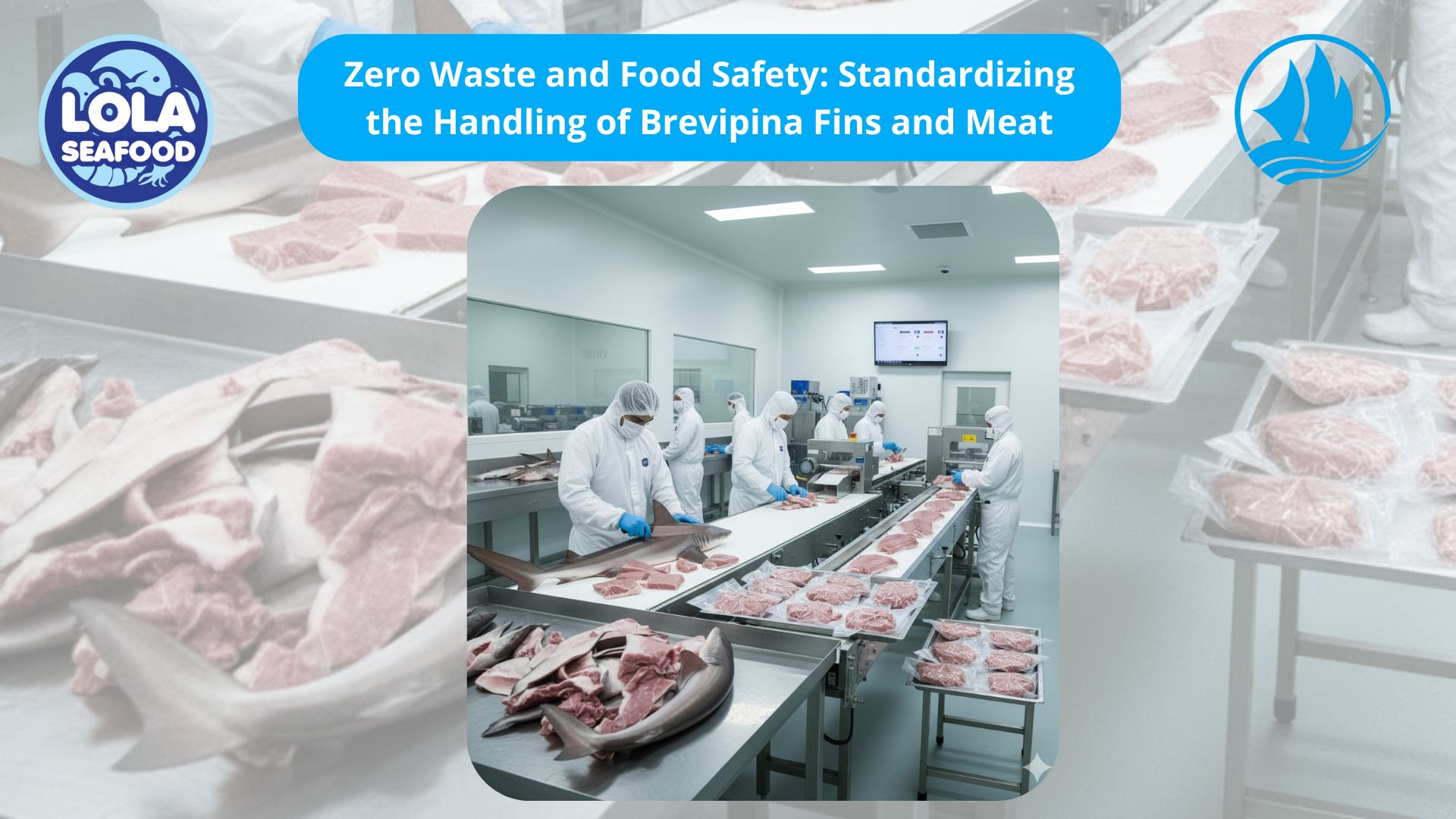
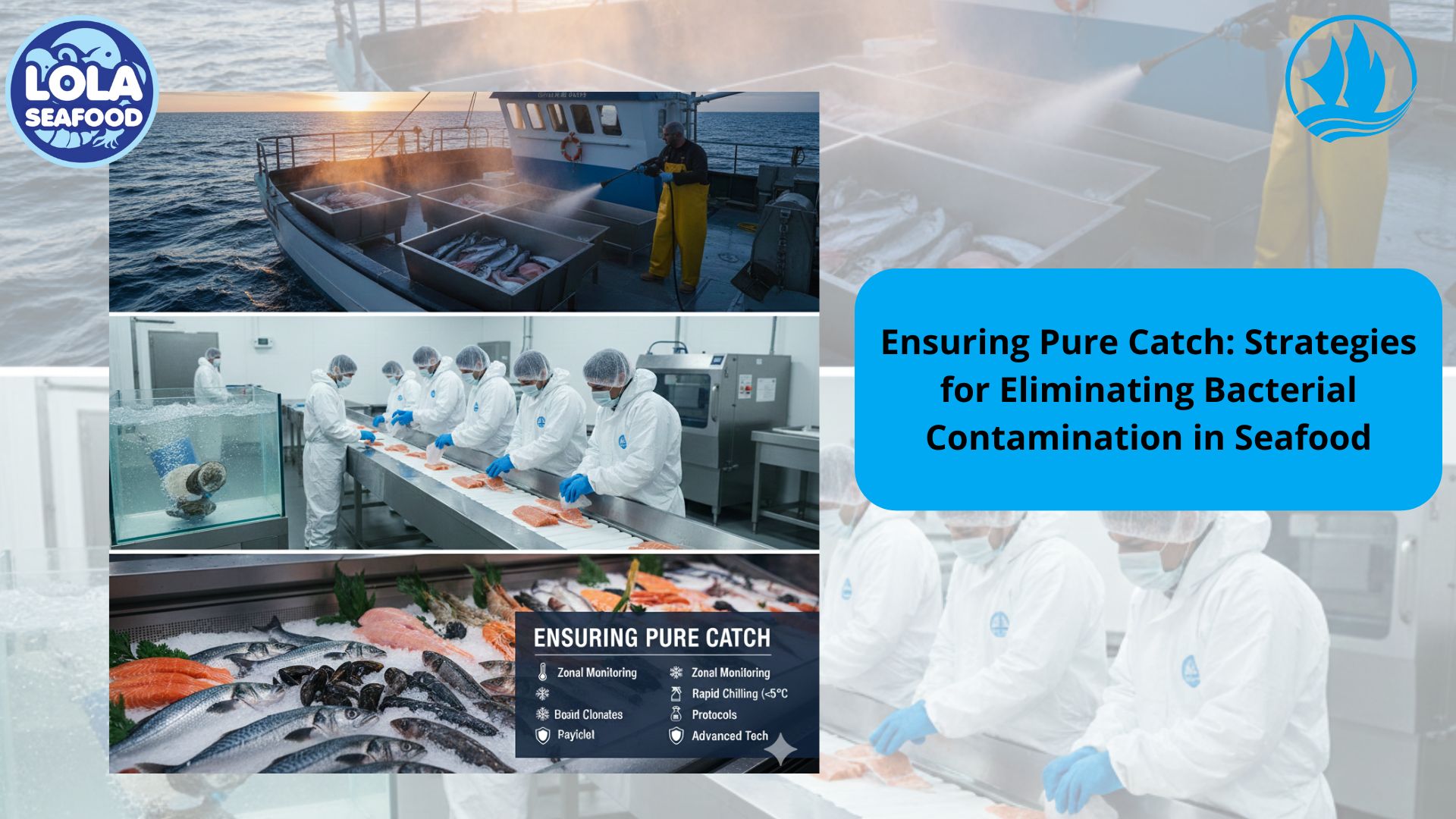
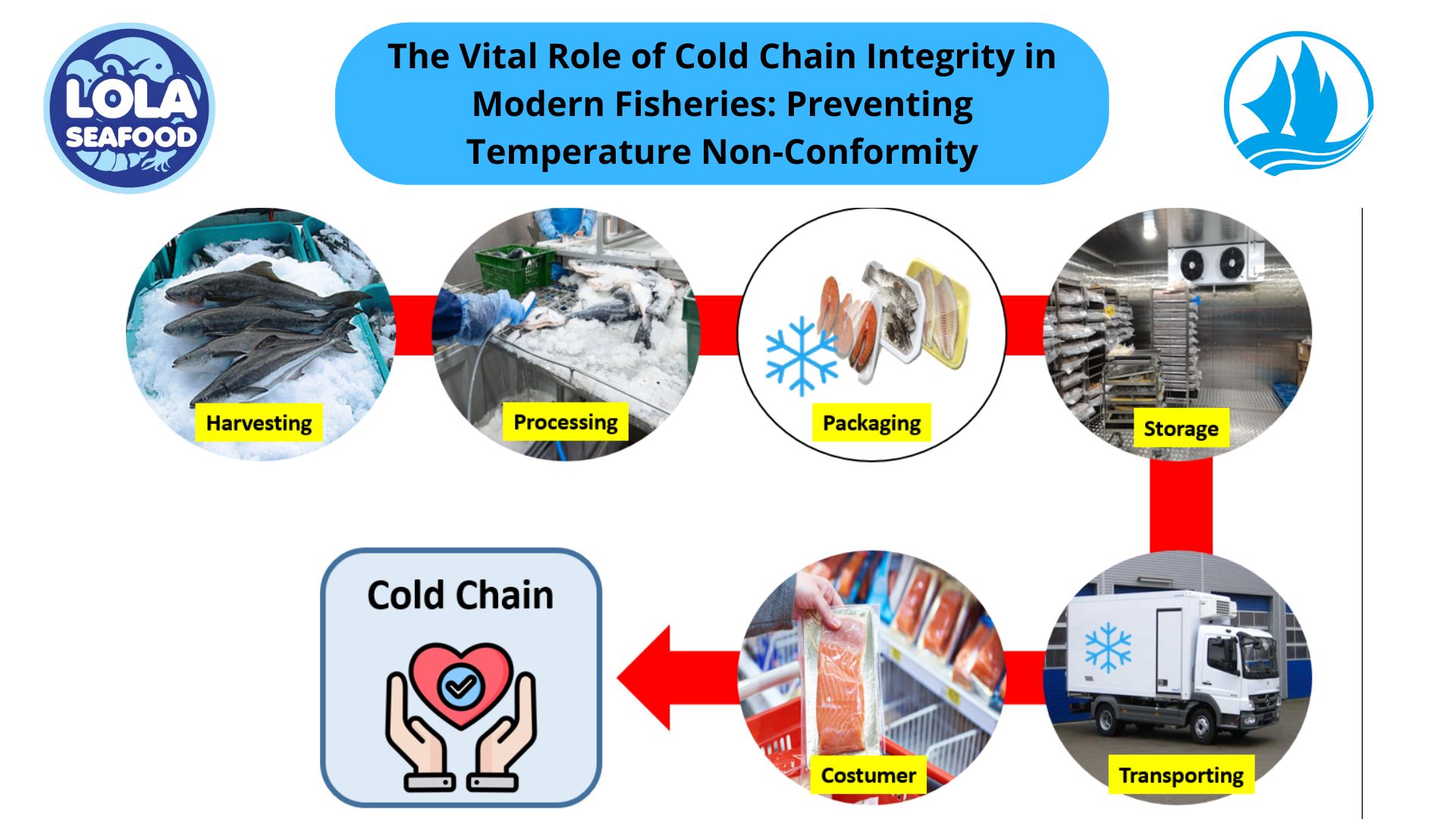
.jpg)
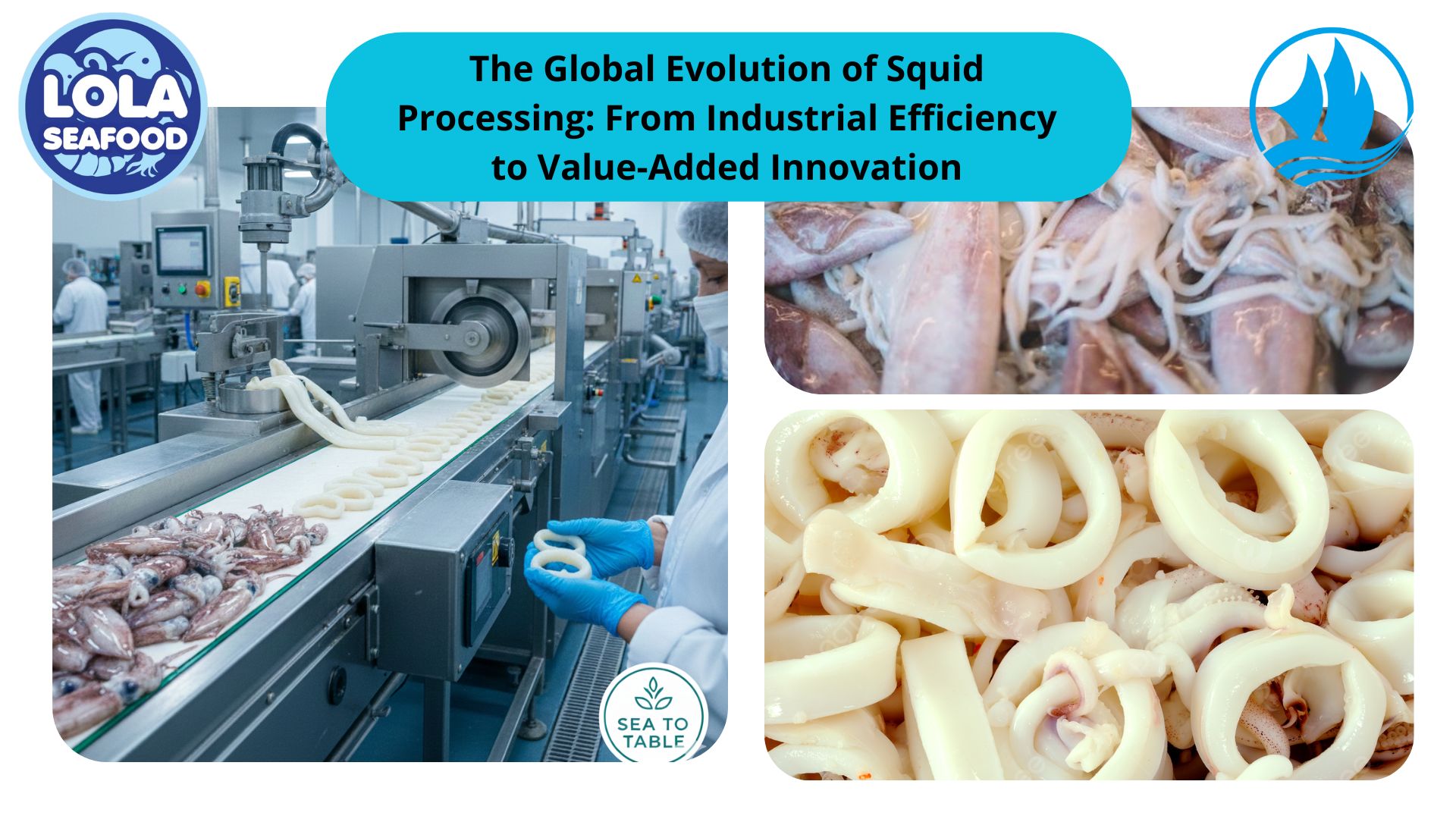
 and Employee Productivity on the Demersal Fish Processing Floor.jpg)
